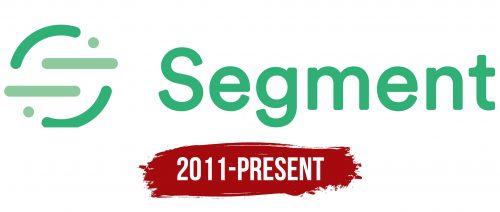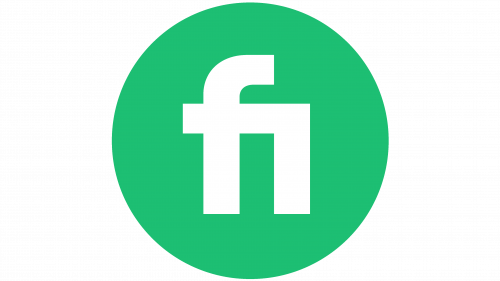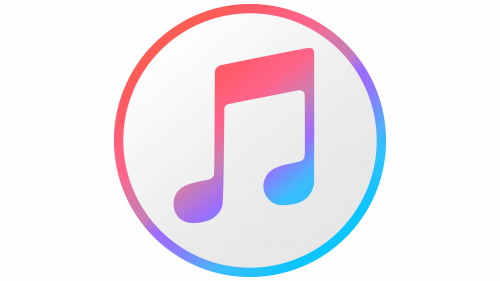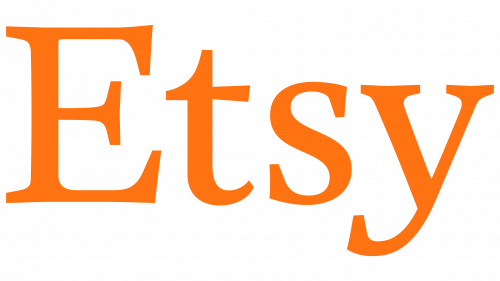The Segment logo represents how the information collection process starts, spanning multiple platforms. The programs work in sync to create a unified, comprehensive profile of a potential customer for the client. The emblem symbolizes the merging of multiple data streams, the continuous movement, and the dynamic nature of the process. This symbol conveys that the company gathers and analyzes data from various sources, forming a complete picture for building accurate and effective solutions.
Segment: Brand overview
Segment’s story began in 2011 when four MIT students—Ian Storm, Peter Reinhardt, Calvin French, and Ilarja Alpi—decided to launch a startup. Initially called Segment.io, their project aimed to create an analytics platform for mobile apps. The founders sought to solve a common challenge developers faced when integrating multiple analytics tools into their projects. They set out to develop a solution to simplify this process by centralizing data collection and distribution.
In the early stages, the team explored different concepts and methods to build a platform to gather user data from apps and forward it to various analytics providers. This approach allowed developers to work with several tools through a single interface, simplifying the integration process.
In 2012, the startup hit a turning point when it was accepted into the renowned accelerator, Y Combinator. This provided them with initial funding, mentorship, and a valuable network of contacts. Throughout the Y Combinator program, the team continued refining their product, making improvements based on feedback from mentors and potential customers.
By 2013, they officially launched their platform for collecting and distributing customer data. The solution enabled businesses to gather data on user behavior from websites and mobile apps and then route that data to various marketing and analytics platforms. A major advantage was its ability to send data to multiple services using a single API, simplifying data management and integration.
The company raised $2 million in venture capital in the same year, allowing it to grow its team and accelerate product development. Initially, it focused on attracting smaller tech startups as its first customers.
Significant growth followed in 2014, with an additional $15 million in funding. This influx of capital enabled the startup to expand its operations and further develop its ecosystem of integrations, allowing more analytics and marketing tools to work seamlessly with the platform.
In 2015, the company introduced a new warehouse feature, which allowed customers to automatically sync their data to cloud storage platforms like Google BigQuery, Amazon Redshift, and Postgres. This feature enabled companies to centralize their data and perform deeper analyses independently.
Rapid expansion continued in 2016 with another funding round of $27 million, allowing the team to scale up and develop new products. That year, Personas, a tool leveraging machine learning to build detailed customer profiles based on collected data, added another layer to the company’s offerings.
By 2017, the platform was attracting larger corporate clients and enhancing compliance capabilities to meet the European Union’s General Data Protection Regulation (GDPR), addressing the growing focus on data privacy.
In 2018, the company introduced Protocols, a suite of tools designed to help businesses standardize their customer data across different sources. This solution improved data quality and consistency, which was especially important for large companies managing multiple data streams.
By 2019, the company’s valuation had soared to $1.5 billion after raising $175 million in funding, accelerating global expansion and continued product innovation.
A pivotal moment came in 2020 when Twilio, a leading cloud communications platform, acquired the company for $3.2 billion. The acquisition marked one of the biggest deals in the software industry and opened a new chapter for the company’s growth.
From 2021 to 2022, the platform was integrated into Twilio’s ecosystem. However, it continued developing its product independently, enhancing customer data management capabilities and enabling businesses to activate this data for personalized customer interactions.
During this time, the team also responded to industry changes surrounding third-party cookie restrictions and the increased emphasis on data privacy. New features were rolled out to help businesses collect and use first-party data more effectively.
By 2023, as part of Twilio, the solution remained a critical tool for managing customer data and personalizing communications, staying true to its original mission of making data work easier for developers and marketers and continuing to provide more tools and resources to achieve this.
The company has consistently adapted to market needs and the evolving tech landscape. Segment collaborates with IBM, Atlassian, and Intuit to deliver precise customer data management, integration, and analytics. What started as a small startup founded by MIT students grew into a major player in customer data management, empowering businesses of all sizes to collect, process, and use customer data to improve engagement and drive growth.
Meaning and History
What is Segment?
This customer data platform is a central hub for collecting, cleaning, and routing user data through hundreds of tools and applications. A San Francisco-based startup, now part of Twilio, it serves as a universal translator for customer data, enabling companies to gather information from multiple sources and seamlessly send it to various marketing systems, analytics, and databases. The solution helps eliminate data silos and saves developers time by simplifying the integration of different tools. The platform’s flexibility suits companies of any size, from startups to large corporations across various sectors.
2011 – today
The platform’s logo combines a modern symbol with an elegant inscription displaying the name. The main element of the image is a partially visible circle, symbolizing the customer. Intersecting lines and dots on its contours represent information streams from various online sources. This element emphasizes the system’s role in collecting and processing user data.
The image resembles two overlapping “Start” buttons, symbolizing the launch and beginning of processes. Once the platform is activated, it automatically gathers available information about individuals from social networks and other online resources. The green color of the logo was chosen intentionally to highlight the continuity of processes and the system’s dynamic functionality. The information collected by the platform helps create a detailed and accurate customer profile, ensuring the correct approach to sales methods and formats tailored to each person.
The system assists producers in analyzing customer data and finding others online with similar characteristics, significantly boosting the effectiveness of marketing strategies. The logo embodies the success and prosperity that the platform brings to businesses, supporting their successful launch and continued growth.





